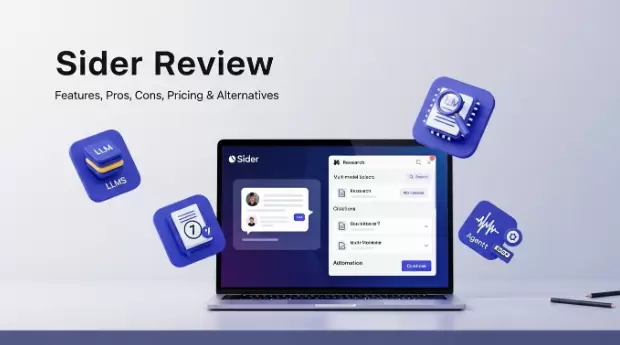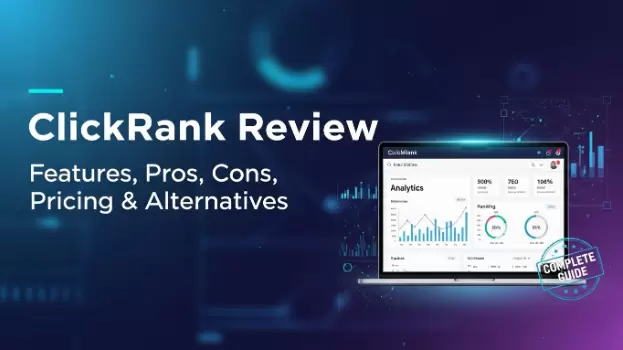The B2B SaaS industry is on fire. It’s projected to hit $1.3 trillion by 2030, and it’s not hard to see why. With subscription-based pricing and cloud infrastructure, SaaS makes it easier and cheaper for businesses to adopt new tools.
That’s why more and more companies are choosing SaaS over traditional software. That’s also why B2B SaaS businesses like yours have such a high chance of growing fast.
But here’s the problem.
Fast growth feels exciting on the outside, but on the inside? It can get messy very quickly. Without a solid financial plan, many SaaS companies end up spending cash before they even make it.
As demand increases, so do staffing costs, customer support needs, and infrastructure expenses. Before long, you’re racing to keep up, and the numbers just don’t add up.
That’s why I’m writing this post. I want to walk you through the biggest financial challenges B2B SaaS businesses face. More importantly, I’ll show you how to get ahead of them before they slow your growth.
5 Financial Management Challenges for B2B Companies and Solutions
Let’s look at the five most common financial challenges B2B SaaS companies face, and the practical solutions that can help you stay balanced.
1. Unpredictable Cash Flow
At first glance, your B2B SaaS should have predictable revenue. After all, customers are paying monthly or yearly subscriptions, right? But in reality, cash flow can swing unexpectedly.
Some customers delay payments, and enterprise clients may negotiate long billing cycles. Now, let’s not forget the churn factor, which means not every subscriber you count on will stick around.
Here’s the issue: without steady cash flow, it’s difficult to pay salaries, invest in growth, or plan for the future.
But one sure way to stay afloat is to build a strong forecasting habit. This means you’ll project revenue as well as when money will actually hit your account. Another solution is to set aside a small reserve fund to cover gaps.
2. Rising Operational Costs
Growth is exciting, but it may not come cheaply. As more customers sign up, you need more staff for customer support and more server capacity to handle the load.
You’ll also need more marketing spend to sustain the business’s growth. The challenge is that these costs may rise faster than revenue, especially in the early stages.
If you don’t keep a close eye, you can find yourself in a situation where sales are climbing but expenses are climbing even faster.
Now, the key is to tie spending to revenue milestones. For example, instead of hiring 10 new support agents at once, add them gradually as customer numbers increase.
Similarly, negotiate scalable cloud computing infrastructure plans so you only pay for what you need. This way, your costs move in step with growth rather than running ahead of it.
3. Revenue Recognition and Compliance
In SaaS, customers pay upfront for services they’ll use over time. If someone pays for a year in advance, you can’t count all that money as revenue right away.
You need to spread it out over the months they’ll be using the service. This is what accountants refer to as revenue recognition.
Why does this matter?
If you record revenue incorrectly, your financial reports won’t reflect reality. That can cause problems when talking to investors, applying for loans, or even filing taxes.
You can automate this process and save yourself a lot of headaches. Many finance tools are built to handle deferred revenue properly, so your books are always accurate.
If your team isn’t comfortable handling this in-house, you can consider working with accountants who specialize in SaaS. The sooner you set this up, the smoother things will be as you grow.
4. Scaling Without a Plan
When growth comes quickly, it’s tempting to spend ahead of revenue. You may start hiring aggressively, expanding into new markets, or upgrading infrastructure.
But without a clear financial plan, this kind of spending can put your company at risk. You may find yourself burning through cash long before the new revenue arrives.
This is one of the most common pitfalls for SaaS companies: growing too fast without a solid plan to sustain it.
You can overcome this challenge by building financial models that reflect different growth scenarios. What happens if you double your customers in six months? Or if churn increases slightly?
When you model these situations, it becomes easy to see the risks before they hit. Pricing also plays a big role here. For instance, you can use flexible B2B SaaS subscription billing models like tiered or usage-based pricing. This ensures that your revenue scales with customer value.
5. Customer Churn
You’ve probably heard it before: retaining customers is just as important as acquiring them. But when customers start canceling their subscriptions, the financial impact can be brutal.
Losing even a small percentage of customers every month can lower your current and future revenue forecasts. This makes it harder for subscription-based companies to scale sustainably.
Now, you can tackle this problem by tracking churn closely and factoring it into your forecasts. That way, you’re not counting on money that may not be there.
Besides, churn isn’t only a product problem. It can be that your customer experience team isn’t using customer feedback to improve its services. So, you need to invest in customer support, onboarding, and regular engagement via surveys or polls.
Wrapping Up
The growth potential in B2B SaaS is undeniable. But without financial discipline, that same growth can quickly turn into a liability. In fact, nearly every SaaS business will face money-related challenges at some point.
The good news? With the right systems and mindset, you can turn those challenges into an opportunity for stronger, more sustainable growth.
So as you scale your B2B SaaS business, remember: the numbers will help you keep score. But they’ll also make sure your company is ready to grow, survive, and thrive in the years ahead.


 Table of Content
Table of Content










